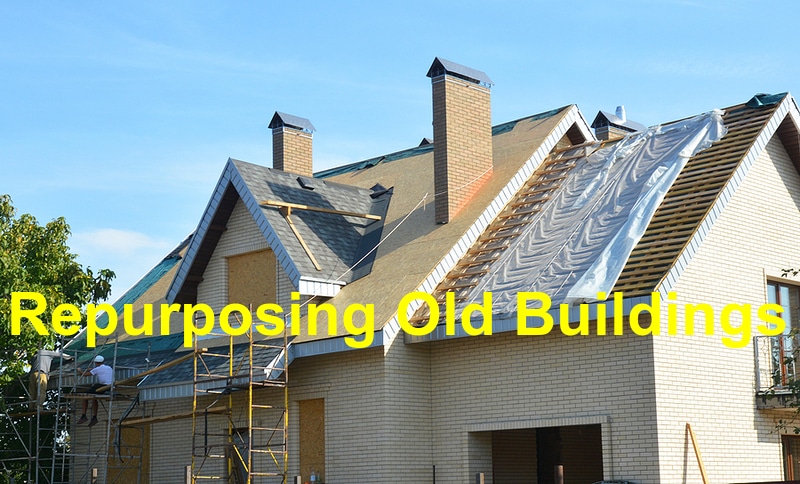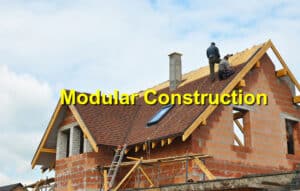Truth be told, there’s no shortage of old and abandoned buildings in any sizable metropolis today. It could be an old warehouse, townhouses have long been neglected or a forgotten lighthouse from the past era. There’s now a new popular architectural approach that involves breathing new life into these neglected buildings to cut down on the lead time associated with building new structures from the ground up. Here are several reasons you should consider it for your next venture.
1. Cheaper and Less Financially Taxing
Compared directly to building houses from the ground up, repurposing old buildings is an excellent way of slashing your start expenditure by a huge margin, particularly if you are on a tight budget. You’re likely to find repurposing being cheaper (material-wise) than putting up a new building right from the foundation stage. What’s more, you’ll also avoid the pitfall of incurring unnecessary demolition costs and the hassle of securing the permits from relevant authorities that are associated with pulling down buildings.
2. Repurposing Old Building Reduces the Construction Lead Time
Putting up a new house can take months if not years. Repurposing an older building, instead of building a new one, is a good way of slashing back the amount of time you’ll spend waiting for the structure to be completed and made habitable. Moreover, you may also chance upon an old building that does not require extensive work to serve your purposes and start operations right away as you refurbish other parts slowly.
3. Repurposing Old Buildings Slows Down Urban Sprawl
There’s no denying that urban sprawl is slowly becoming a 21st-century menace that we have to deal with sooner rather than later. It has gotten so bad that this kind of unrestricted urbanization is now encroaching on controlled development areas, national parts and other historical neighbourhoods. Rehabbing old buildings rather than building a new one is one of the best ways of slowing down this unchecked urban expansion and the many ills that are associated with it.
4. Maintains Cultural Architecture and Heritage
In towns/cities with important historic architecture, rehabbing old buildings is a way of enacting historic preservation as it restores structures that would have otherwise succumbed to decay and total neglect. It also saves them from demolishing to make way for parking lots or new buildings.
References: Thoughtco, Boredpanda, Architizer




